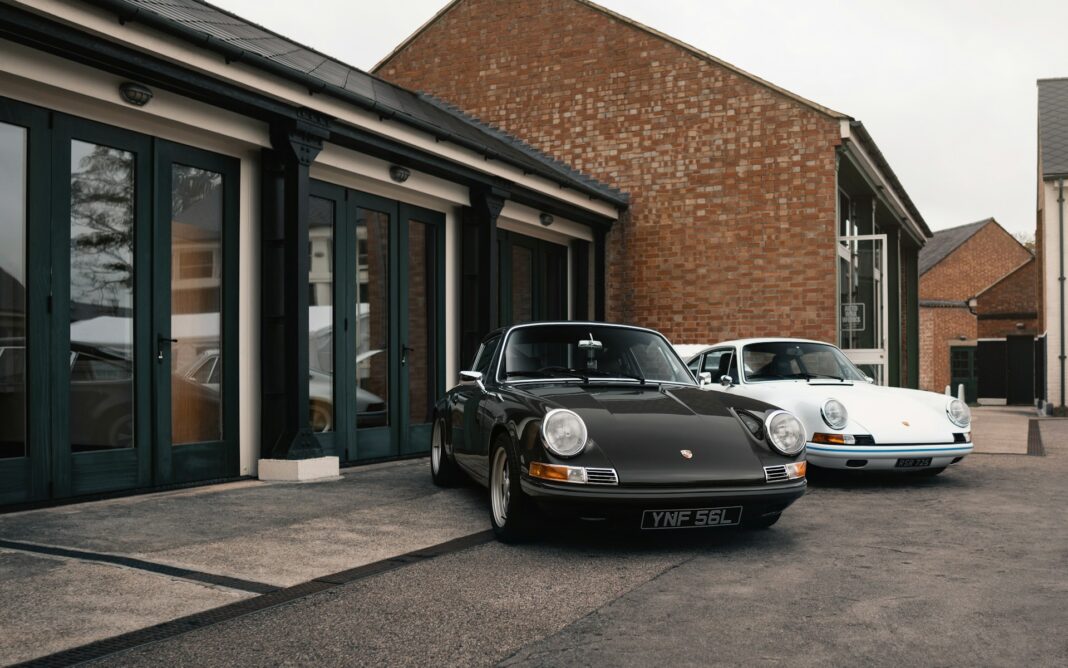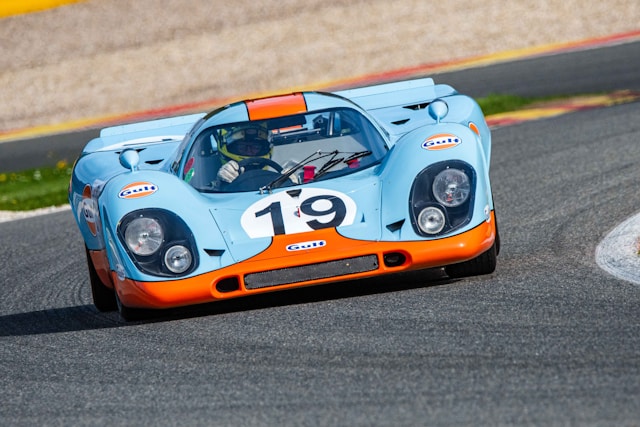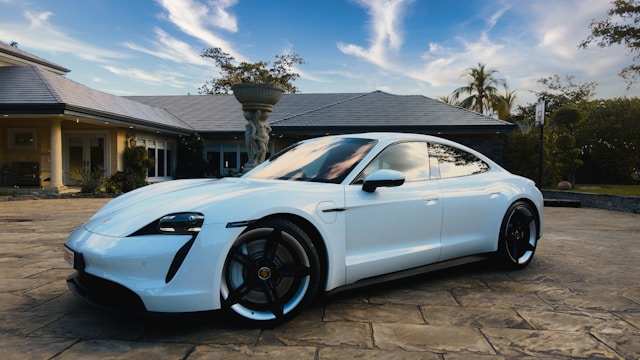
The brand’s history is a study in continuous innovation. Across decades, certain models have not only defined the marque but also pushed automotive engineering, motorsport, and luxury performance in entirely new directions. From lightweight roadsters to record-breaking racers and electrified grand tourers, these cars changed expectations about speed, usability, and technology. Below are some of the most influential Porsche models and the ways they reshaped the industry.
For enthusiasts, keeping these icons on the road often means sourcing reliable parts for Porsche. Experts and suppliers make that process far more efficient than it once was.
Porsche 356 (1948)
The 356 was the company’s first production model and laid the foundation for everything that followed. Introduced in 1948, it combined a lightweight body, a rear-mounted flat-four engine, and agile handling into a compact sports car that was both usable on the road and competitive on the track. Its construction emphasized simplicity and balance rather than brute horsepower, creating a template for future models.
Industry impact: the 356 proved that a small manufacturer could build a reputation for engineering finesse and driver-focused dynamics. It helped establish Porsche’s early image and encouraged other brands to prioritize weight savings, chassis tuning, and driver engagement over raw displacement. Its success in racing also boosted the sports-car market in the 1950s and 1960s, inspiring customers and engineers worldwide.
Porsche 911 (1964)
Launched in 1964, the 911 became the company’s signature model and one of the most enduring sports cars in history. Its distinctive silhouette, rear-engine layout, and evolution-not-revolution philosophy allowed engineers to refine the concept across generations. Early 911s stood out for their adaptable platform—lightweight, yet capable of accepting a range of engines and performance upgrades that kept the car competitive for decades.
Industry impact: the 911 demonstrated the power of continuous development. Rather than scrap a concept, Porsche perfected it—showing competitors that a single model line could be iteratively improved to remain relevant. It also bridged the gap between everyday usability and racing pedigree, convincing a broader audience that a true sports car could double as a comfortable, long-distance vehicle.
Porsche 917 (1969)

The 917 is legendary in motorsport. Introduced in 1969 for the World Sportscar Championship, its lightweight construction and powerful flat-12 engine produced blistering straight-line speed. Its success at Le Mans and other endurance races proved that the brand could beat established manufacturers at their own game—the highest levels of prototype racing.
Industry impact: the 917 changed how manufacturers approached endurance racing engineering. It showcased the effectiveness of aerodynamic development, lightweight materials, and the benefits of purpose-built racing platforms. The lessons learned from its development filtered back into road car technology, accelerating advances in aerodynamics and high-revving engine design.
Porsche 959 (1986)
Conceived as a road-legal homologation special for rallying and high-speed touring, the 959 was a technological tour de force when it arrived in the mid-1980s. Featuring all-wheel drive, twin-turbocharging, advanced suspension electronics, and cutting-edge materials, it pushed the envelope of what a supercar could be.
Industry impact: the 959 was a proof-of-concept for electronic controls and drivetrain innovation in high-performance cars. Its pioneering use of computer-controlled systems presaged the widespread adoption of traction control, ABS integration, and electronically managed suspension across the industry. Manufacturers took note: electronics could dramatically improve performance and drivability without sacrificing power.
Porsche Cayenne (2002)
When Porsche introduced the Cayenne SUV in 2002, it was controversial—but strategically transformative. The model brought sports-car engineering to a new segment: buyers wanted performance, utility, and prestige in one package. Built with dynamic handling in mind, the Cayenne proved that a high-performance SUV could be both practical and engaging.
Industry impact: the Cayenne helped redefine how premium marques approach SUVs. Its commercial success funded further development across the lineup and demonstrated that expanding into new segments could preserve a sports-car brand’s identity while broadening its market. It also influenced competitors to prioritize dynamic capability in SUVs, blurring the lines between performance cars and family-oriented vehicles.
Porsche Taycan (2019)

The Taycan marked the brand’s full-blooded entry into the electric vehicle era. Launched in 2019, it combined high-voltage architecture, fast charging capability, and a focus on dynamic driving characteristics often associated with traditional combustion engines. Its engineering emphasis on power delivery, chassis balance, and regenerative systems signaled how electric powertrains could enhance driving engagement rather than detract from it.
Industry impact: the Taycan pushed established performance metrics for electric cars, showing that an EV could be both luxurious and genuinely sporty. It accelerated acceptance of high-performance electric vehicles among traditional enthusiasts and prompted other manufacturers to invest aggressively in EV platforms geared toward driving dynamics rather than pure range competition.
Why These Models Matter Today
Each model above represents a key turning point: the 356 proved a small, focused philosophy could win hearts; the 911 showed the power of iterative excellence; the 917 and 959 advanced racing and electronics; the Cayenne reimagined the business model for performance brands; and the Taycan set the tone for electrified performance. Together they map a path of technical daring and commercial adaptability.
Preserving and enjoying these cars in the modern era often involves careful maintenance and the correct selection of new parts for Porsche, which keep mechanical systems reliable without compromising the character that made each model revolutionary. Enthusiasts, restorers, and drivers benefit from having access to high-quality components and accurate technical resources when caring for these iconic machines.
In the end, these revolutionary models share a common thread: they challenged assumptions—about layout, technology, market segments, and powertrains—and proved that thoughtful engineering could redefine expectations. Their influence persists, shaping how manufacturers think about performance, usability, and the role of technology in driving pleasure.